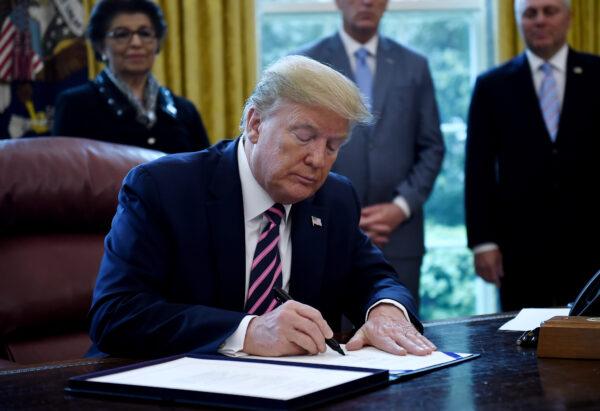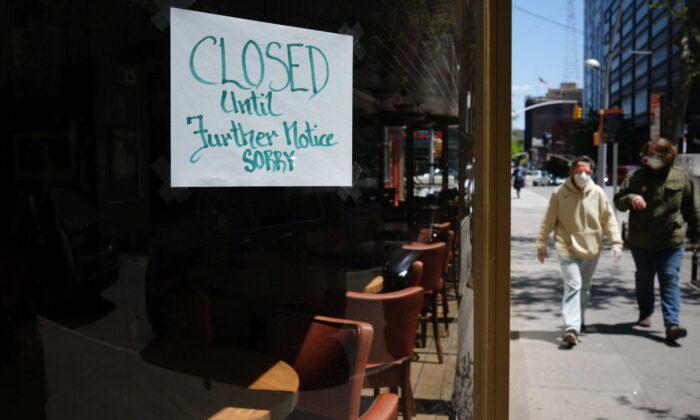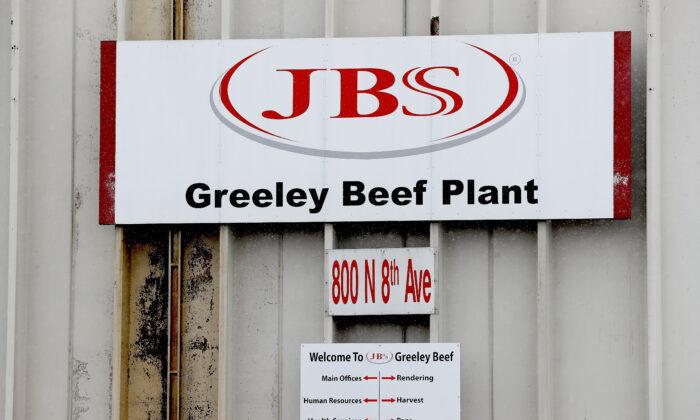Mnuchin said the Treasury was particularly pleased that 27 percent of the PPPs had been lent in low- and moderate-income communities. The average amount lent was approximately $100,000, according to the Treasury’s statement.
SBA Administrator Jovita Carranza said that the PPP had been a success for small businesses. “In three months, this Administration was able to act quickly to get funding into the hands of those who faced enormous obstacles as a result of the pandemic,” she said.
Carranza said that the jobs numbers released last week showed that the PPP is working for millions of small businesses. “Today’s data shows that small businesses of all types and across all industries benefited from this unprecedented program,” she said.
The data released was broken down to include loan information that included zip codes, business types, demographic data, information on non-profit organizations, names of lenders, and five loan-amount ranges.
“Today’s release of loan data strikes the appropriate balance of providing the American people with transparency, while protecting sensitive payroll and personal income information of small businesses, sole proprietors, and independent contractors,” Mnuchin said.

The lowest range provided was from $150,000 to $350,000, and the highest range from $5 to $10 million. The names of the businesses involved were included for firms that obtained loans above $150,000, which accounted for 75 percent of loan dollars approved. Meanwhile, the SBA omitted the names of businesses with loan amounts under the $150,000 level.
Other data released included statistics regarding dollars lent per state, loan amounts, the top lenders, and loan distribution by industry. The loan data is also broken down according to the type of lender, such as community development financial institutions, or Farm Credit System institutions.
The Paycheck Protection Program was part of the Coronavirus Aid, Relief, and Economic Security (CARES) Act passed by Congress with bipartisan support and signed into law by President Trump on March 27. It was intended to provide small businesses with the funding they would need to pay up to 8 weeks of payroll costs—including benefits. However, funds could also be used to pay interest on utilities, mortgages, and rent.
The first applications to the program were accepted on April 3 under the CARES Act, but the first round of funding of some $349 billion ran out 13 days after the launch. Congress subsequently approved another $310 billion for PPP loans in April.






